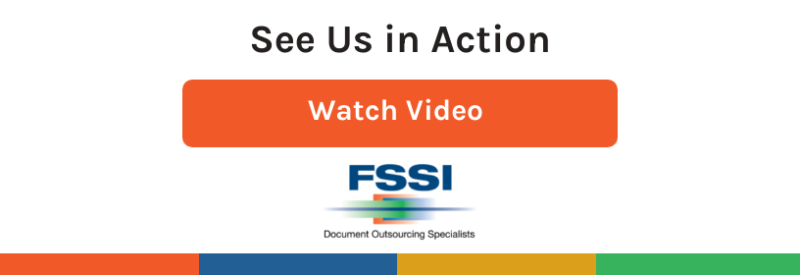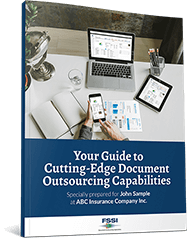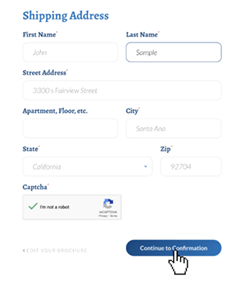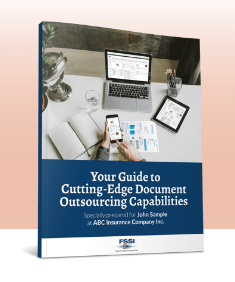Banks and Credit Unions, Billing, Collections and Payments, Business Process Improvement, Customer Experience and Engagement, Technology and Mobile
Improve Payment Remittance and Collections with Multichannel Payments
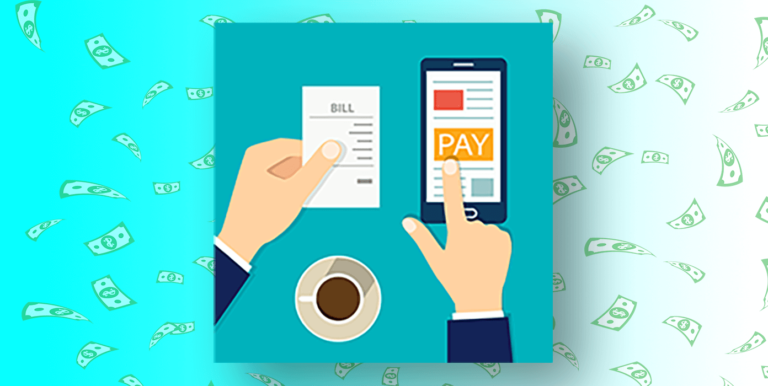
Tips to Improve Payment Remittance for Customers
In the fast-paced world of banking and finance, timely payment remittance is crucial for the success and stability of any organization. While businesses often rely on their customers to make payments, issues may arise when payments are delayed. Research suggests that a staggering 25 percent of adults struggle with paying their bills on time (nbcnews.com).
Improving payment remittance for financial institutions is crucial to enhance efficiency, customer satisfaction, and overall financial operations. Here are some valuable tips to optimize payment remittance processes:
- Streamline payment channels: Offer multiple payment options, such as online portals, mobile apps, and automated phone systems, to cater to diverse customer preferences. Simplify the payment process by integrating secure and user-friendly interfaces that facilitate seamless transactions.
- Implement electronic invoicing: Transition from paper-based invoices to electronic formats, enabling faster delivery, reduced errors, and improved tracking. Electronic invoicing enhances visibility, automates reconciliation, and expedites payment processing.
- Enable automated reminders: Set up automated reminders for payment due dates to minimize late or missed payments. Utilize email notifications, SMS alerts, or push notifications to proactively communicate with customers, ensuring prompt payment remittance.
- Offer incentives for early payments: Encourage timely payments by providing incentives, such as discounts or rewards, to customers who remit payments before the due date. This not only improves cash flow but also fosters a positive payment culture.
- Enhance data security: Prioritize data security and compliance measures to protect sensitive customer information during payment remittance. Implement robust encryption protocols, multi-factor authentication, and regular security audits to instill confidence in customers’ financial transactions.
- Provide self-service options: Empower customers with self-service capabilities, allowing them to access payment history, initiate payment transfers, and view invoices online. Self-service portals enhance convenience, reduce manual efforts, and enable customers to have greater control over their payments.
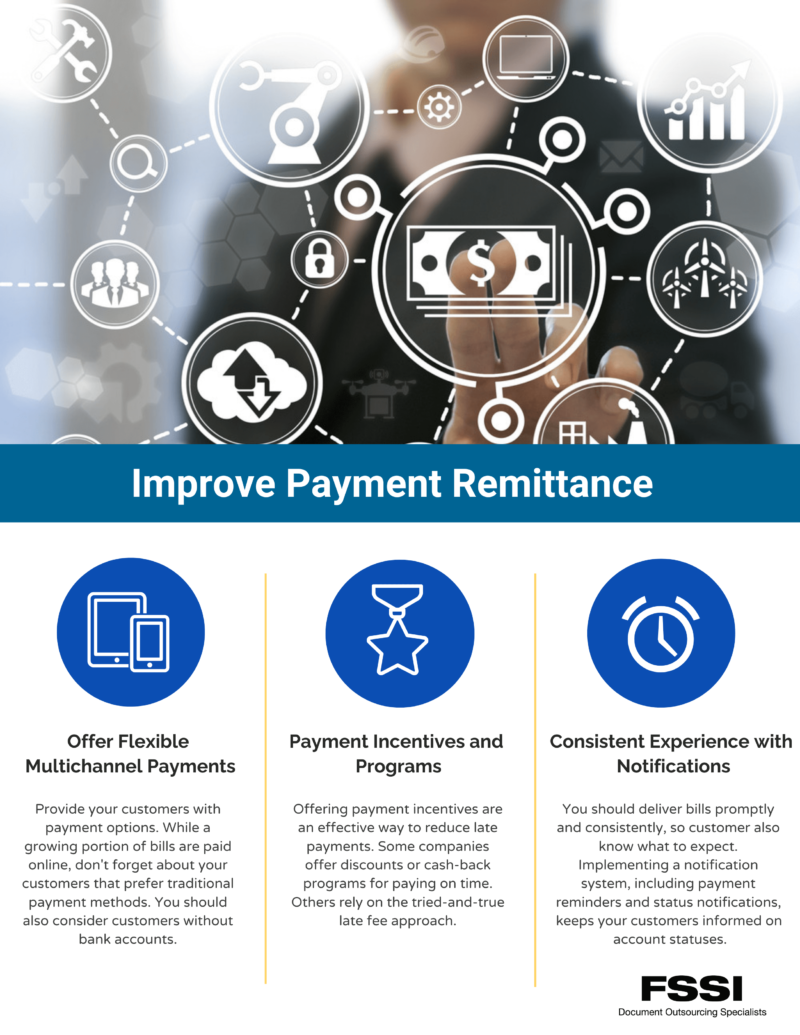
Evolution of Bank Transfers and Remittance Payments
The evolution of bank transfers and remittance payments has witnessed significant advancements over the years. From traditional methods of physical cash transfers and money orders, we have moved towards more efficient and technologically driven solutions. This evolution has been driven by the need for faster, more secure, and more convenient ways to transfer funds domestically and internationally.
Electronic Banking
With the advent of electronic banking, customers can now initiate bank transfers from the comfort of their homes or offices. Online banking platforms have revolutionized the way we send and receive money, allowing for quick and seamless transactions. The introduction of real-time payment systems has further accelerated the speed of fund transfers, enabling near-instantaneous payments.
Mobile Banking
Moreover, the rise of mobile banking has transformed the remittance landscape. Mobile apps and digital wallets have made it possible to send and receive money using just a smartphone. This innovation has not only increased accessibility but also opened up new avenues for financial inclusion, especially in underserved regions.
Blockchain Technology
Another significant development in bank transfers and remittance payments is the adoption of blockchain technology. Blockchain offers a decentralized and transparent ledger system that enhances security and reduces the need for intermediaries. This technology has the potential to revolutionize cross-border remittances by reducing costs and increasing efficiency.
As the financial industry continues to evolve, we can expect further advancements in bank transfers and remittance payments. The integration of emerging technologies like artificial intelligence, machine learning, and biometrics will enhance security, streamline processes, and provide personalized experiences to customers.
The evolution of bank transfers and remittance payments has brought convenience, speed, and security to the forefront. It has paved the way for a digital future, where financial transactions can be conducted efficiently and seamlessly, benefiting individuals, businesses, and economies on a global scale.
Options for implementing a multi-channel billing and payment system:
Mobile and Electronic Payment Methods
Mobile payments and electronic billing offer customers unparalleled convenience. With instant communication and payment capabilities, the digital realm allows for swift transactions. SMS text messages, in particular, boast an impressive open rate of 98 percent, with most messages being read within three minutes or less. This rapid response rate can significantly expedite the payment process. By providing customers with the option to receive bills and communicate through multiple channels, such as email and SMS, financial institutions can improve customer response rates and collections.
Traditional Mail
Contrary to popular belief, traditional print is far from obsolete. Many customers, including older demographics, still prefer receiving physical bills or invoices through traditional mail. Surprisingly, even younger generations exhibit a preference for a combination of print and electronic communication, especially when it comes to receiving bills. Additionally, incorporating color in bill design can improve response rates by 24 percent. By utilizing highlight colors for important information such as “Amount Due” and “Due Dates,” financial institutions can effectively capture customers’ attention and encourage prompt payments.
Bill design and layout are more important than you think, especially to younger customers. Adding color to your customer documents will improve response rates by 24 percent. Color helps our eyes jump to information deemed important on a page. Adding highlight color to your customers’ “Amount Due” and “Due Dates” can be a real game-changer. To find out more information about adding color and variable data printing capabilities, read FSSI’s blog “Why Job Appropriate Color is Just Enough.”
Third-Party Payment Processing Vendors
Not all customers have access to traditional banking services. Consequently, partnering with third-party vendors, such as CVS, 7-Eleven, and Family Dollar, can offer alternative payment channels for individuals who prefer to remit cash payments. By establishing collaborations with these vendors, financial institutions can enhance accessibility and convenience for customers who lack bank accounts.
The Significance of Punctuality and Incentives
Regardless of the communication channel employed, punctuality plays a pivotal role in the document delivery and billing process. Documents should be delivered on time, and whenever feasible, even earlier. This provides customers with additional time to remit their payments. To encourage timely payments, sending reminders and follow-up notifications can effectively prompt customers to fulfill their payment obligations and avoid late fees. By keeping customers well-informed throughout the payment process, financial institutions can facilitate faster payments and smoother collections.
Setting clear expectations and offering incentives can deter late repayments and foster a culture of punctuality. Communicating payment schedules and associated penalties well in advance is essential to ensure compliance. Additionally, incentives, such as early payment discounts or cashback rewards for on-time payments, can motivate customers to prioritize prompt remittance. Conversely, imposing late fees serves as a deterrent against delayed payments.
Achieving Regulatory Compliance and Ensuring Security
While implementing multichannel payment solutions, banks and financial services companies must prioritize regulatory compliance and security. As financial institutions handle sensitive customer information and transactions, adherence to industry regulations and data protection standards is non-negotiable.
Engaging in thorough due diligence and selecting reputable payment service providers is a critical step toward maintaining compliance. It is essential to partner with vendors who prioritize security measures, employ encryption protocols, and adhere to strict regulatory guidelines. Robust authentication processes and secure transmission channels are necessary to safeguard customer data and financial transactions.
In addition, financial institutions must stay informed about evolving regulatory requirements. Compliance teams should closely monitor updates and changes in regulations to ensure that their payment systems and processes align with the latest industry standards. Regular internal audits and assessments can help identify areas for improvement and ensure ongoing compliance.
Maximizing the Benefits of Multichannel Payments
Implementing a multichannel payment system offers numerous benefits for banks and financial services companies. By providing customers with diverse payment options, institutions can cater to their preferences and improve the likelihood of timely payments. Increased response rates, facilitated by instant communication channels like SMS, can significantly enhance payment remittance and collections.
Embracing multichannel payments requires a comprehensive approach that combines technological advancements, customer preferences, and regulatory compliance. Financial institutions that prioritize convenience, security, and regulatory adherence will be well-positioned to improve their payment remittance processes and collections, leading to enhanced operational efficiency and financial stability.
To explore the best multichannel payment remittance strategy for your company and customers, we invite you to reach out to our experts at 714.436.3300. Our team is ready to provide guidance and support in implementing effective and compliant payment solutions tailored to your specific needs.
